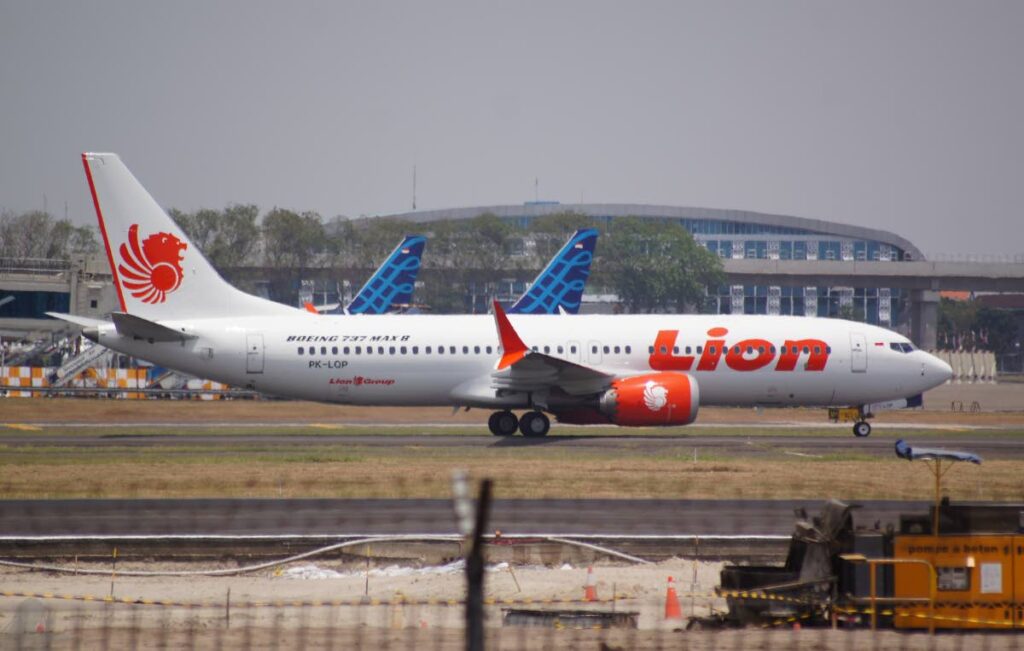Investigating aircraft accidents, incidents


The apparent breach of air traffic control separation between a JetBlue Airbus A320 aircraft and a Caribbean Airlines (CAL) Boeing 737-8, both of which were on approach into Piarco International Airport on October 10, provoked some seriously misinformed comments on social media.
Therefore, it is important for the public to understand the underlying international principles that govern aircraft accident and incident investigations.
Aircraft accidents, particularly those that involve the loss of lives, are extremely tragic events. Two major aircraft accidents in recent times were the Ethiopian Airlines Flight 302 crash on March 10, 2019, claiming 157 lives, and the Lion Air Flight 610 crash on October 29, 2018, claiming 189 lives. Both accidents involved the Boeing 737 Max aircraft and resulted in the worldwide grounding of the Boeing 737 Max fleet in March 2019, pending in-depth investigations by the US FAA, in collaboration with other international regulatory bodies.
On November 18, 2020, after Boeing incorporated FAA-mandated design changes to the Max, the FAA issued an order paving the way for the Max aircraft to return to commercial service. The FAA’s action followed a comprehensive and methodical safety review process that took 20 months to complete.
The FAA Max summary report can be accessed for reference at: https://www.faa.gov/foia/electronic_reading_room/boeing_reading_room/media/737_RTS_Summary.pdf
Aviation safety management seeks to proactively eliminate or mitigate safety risks before the risks can cause accidents and incidents. Safety management facilitates aviation activities in a disciplined, integrative and focused manner.
The aviation industry is subject to intense regulation and oversight by the US and other international bodies. During the investigation of an accident or serious incident, public statements by aviation safety regulators and investigators are only made on the basis of corroborated factual information.
All aircraft accidents or serious incidents are thoroughly investigated in accordance with the Standards of the International Civil Aviation Organisation (ICAO) Annex 13 – Aircraft Accident and Incident Investigation. According to ICAO, the sole objective of an investigation into an aircraft accident or incident is not to apportion blame or liability, but to determine the “root cause” of the accident or incident and make recommendations to prevent a recurrence of similar accidents or incidents.
The “root cause” is the highest-level causal factor, most times latent, that sets in motion the entire cause-and-effect reaction that results in a non-conformance, ultimately leading to an accident or incident. This causal factor must be identified and permanently eliminated through process improvements.
ICAO annex 13 further states that any judicial or administrative proceedings to apportion blame or liability shall be separate from any investigation conducted under the provisions of annex 13.
All commercial aircraft are equipped with digital flight data recorders and cockpit voice recorders known as “black boxes” that record substantial critical operational data about a flight.
This data is used during the investigation of accidents and serious incidents and can be used to simulate the flight profile of the aircraft before the accident or incident.
Should the aircraft crash occur over water, the black boxes are equipped with underwater locator beacons which on hitting water emit a sonar signal for approximately 28 days. This signal is tracked to locate the black boxes.
During an accident investigation, all evidence such as crash debris, air traffic control radar tracks, eyewitnesses’ reports, pilots’ background, maintenance records, meteorological information and the black-boxes data are subjected to intense forensic analysis which eventually identifies the most probable cause(s) of the accident.
The state where the accident occurred is responsible for the aircraft accident investigation and issuing the final report. The final report contains the most probable causal factors and lists recommendations to prevent a recurrence. These recommendations prescribe corrective measures to be taken by the airlines, aircraft manufacturers, airports, air traffic control and the safety regulators.
On July 30, 2011, CAL flight BW523, a Boeing 737-800 with 163 people on board, touched down at approximately some 1,700 feet beyond the runway touchdown zone. The flight crew was unable to stop the aircraft on the remaining runway surface and it overshot the end of the runway and came to rest at the bottom of a 20-foot earth embankment. The aircraft suffered damage beyond economic repair. There were no fatalities.
Guyana, the state where this happened, delegated the responsibility for the technical investigation to the US National Transportation Safety Board, but retained responsibility for the overall investigation. TT, as the state of registry and the state of operations, was represented by the Trinidad and Tobago Civil Aviation Authority on the investigation team. Representatives of CAL, Boeing and Caribbean Aviation Safety and Security Oversight System assisted the investigators.
The final accident investigation report was published by the Guyana Civil Aviation Authority in accordance with ICAO annex 13 standards, and can be accessed for reference at https://www.gcaa-gy.org/pdf/CAL-Accident-Report-Guyana.

Comments
"Investigating aircraft accidents, incidents"